Blanket Flower Deadheading: How And When To Deadhead Blanket Flowers
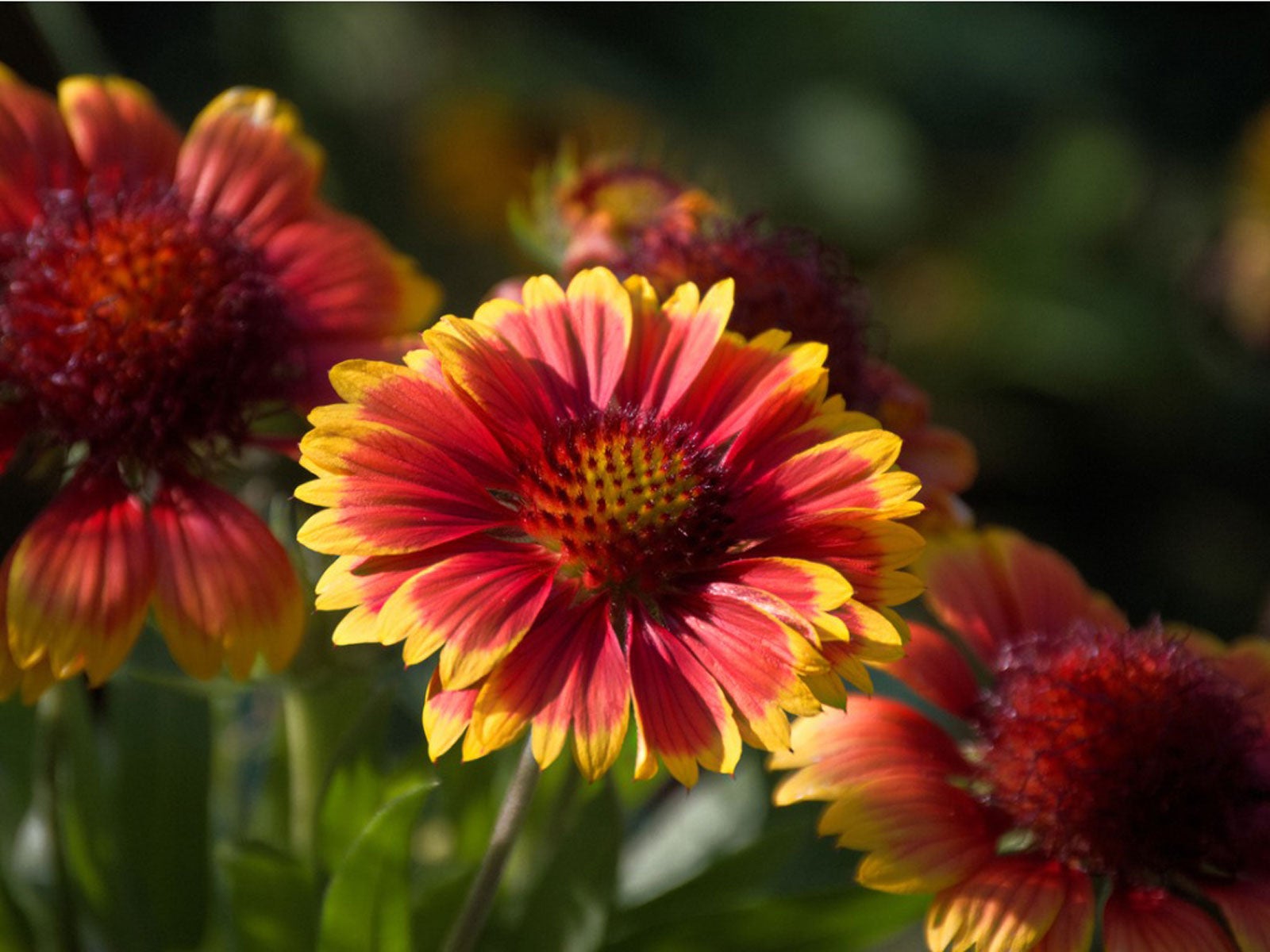

The pretty blanket flower is a native North American wildflower that has become a popular perennial. In the same group as sunflowers, the blooms are daisy-like with striking stripes of red, orange, and yellow. Knowing if, how, and when to deadhead blanket flowers is key to keeping up these otherwise very easy-to-grow perennials.
Do Blanket Flowers Need to Be Deadheaded?
The simplest answer is no. Removing blooms on blanket flower that are spent is not necessary to the survival or growth of the plant. The reason that people deadhead flowering plants is to keep the flowers going longer, to avoid seed production, and just to keep the plant looking nice and tidy.
For perennials like blanket flower, you can get all of these benefits from deadheading. Most importantly though, removing the spent blooms allows the plant to put more energy into additional growth, producing more flowers, and storing energy for next year. This is because when you remove the flowers, they don’t have to use that energy to make seeds.
A reason not to deadhead some perennials is to allow them to self-seed. Some flowers spread out and fill up areas of beds if you let the flowers stay on the plant to produce seeds-- for instance, foxglove or hollyhock. However, blanket flower gets more benefits from deadheading than not.
When and How to Deadhead Blanket Flowers
Blanket flower deadheading isn’t necessary but is a good way to coax more flowers out of each plant, so it’s worth doing. It’s also easy. The timing is just after a bloom reaches its peak and starts to wilt and die.
You can simply pinch off the spent flowers or use garden shears or kitchen scissors. You can leave them on the ground to add nutrients to the soil, put the flowers in your compost pile, or rake them up with yard waste for disposal.
Gardening tips, videos, info and more delivered right to your inbox!
Sign up for the Gardening Know How newsletter today and receive a free copy of our e-book "How to Grow Delicious Tomatoes".

Mary Ellen Ellis has been gardening for over 20 years. With degrees in Chemistry and Biology, Mary Ellen's specialties are flowers, native plants, and herbs.
-
 Looking For Plants To Give You The Soft And Fuzzies? Try These 5 Fuzzy Leaf Plant Options
Looking For Plants To Give You The Soft And Fuzzies? Try These 5 Fuzzy Leaf Plant OptionsLovers of texture, drama, silver foliage and tactile plants will adore these special sensory garden additions. These fuzzy leaf plant options will leave you all aglow
By Susan Albert
-
 Get Ready For A Summer Of Hummers! Grow These Full Sun Hummingbird Plants and Flowers
Get Ready For A Summer Of Hummers! Grow These Full Sun Hummingbird Plants and FlowersIf you’re lucky enough to enjoy a sunny backyard, make sure you are maxing out on your pollinator opportunities and grow these full sun hummingbird plants and flowers
By Tonya Barnett
-
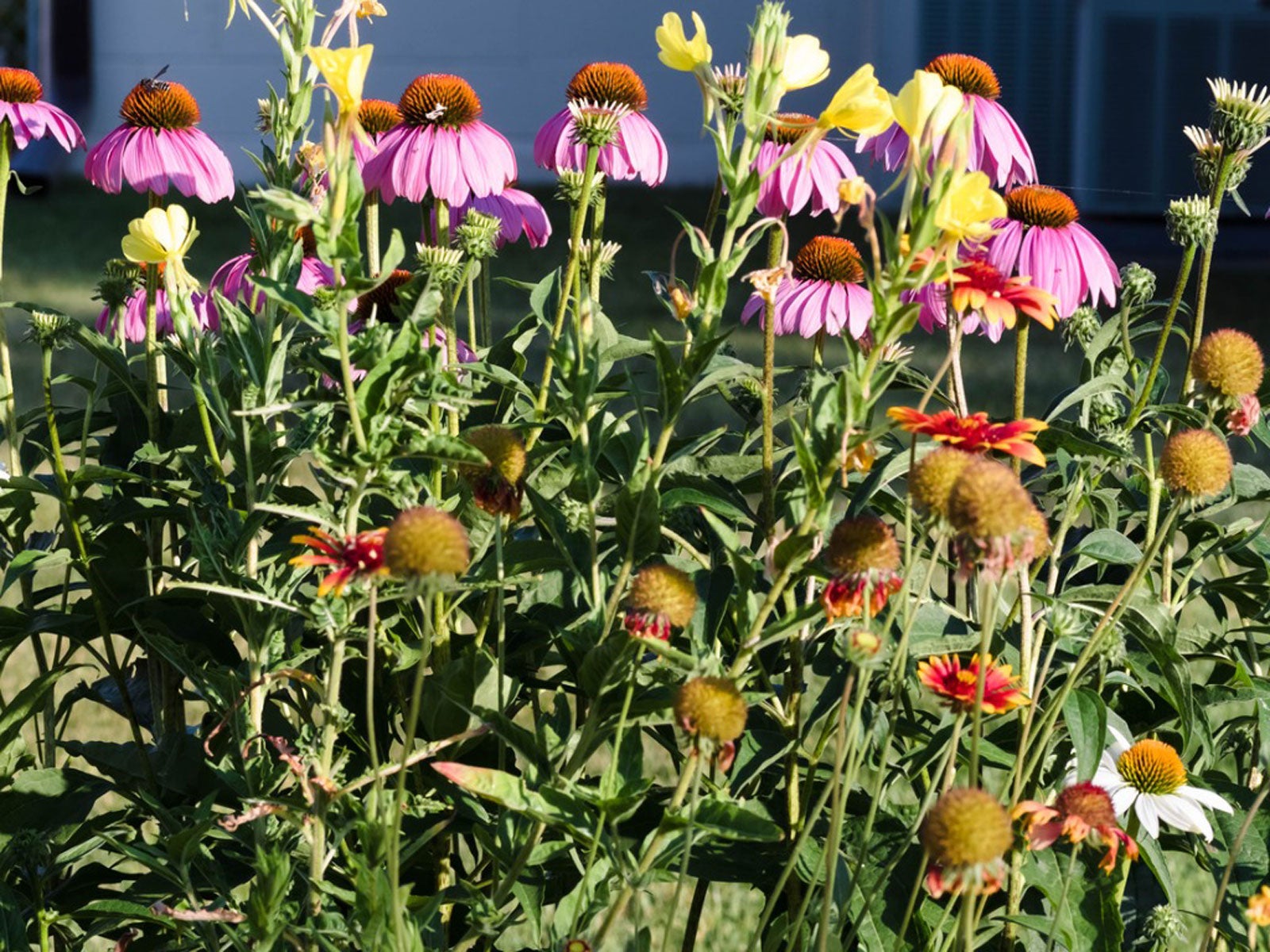 Companions For Blanket Flowers: Learn About Blanket Flower Companions
Companions For Blanket Flowers: Learn About Blanket Flower CompanionsWhen choosing companions for blanket flowers, it’s important to consider several factors. Learn what some of these are in the following article.
By Tonya Barnett
-
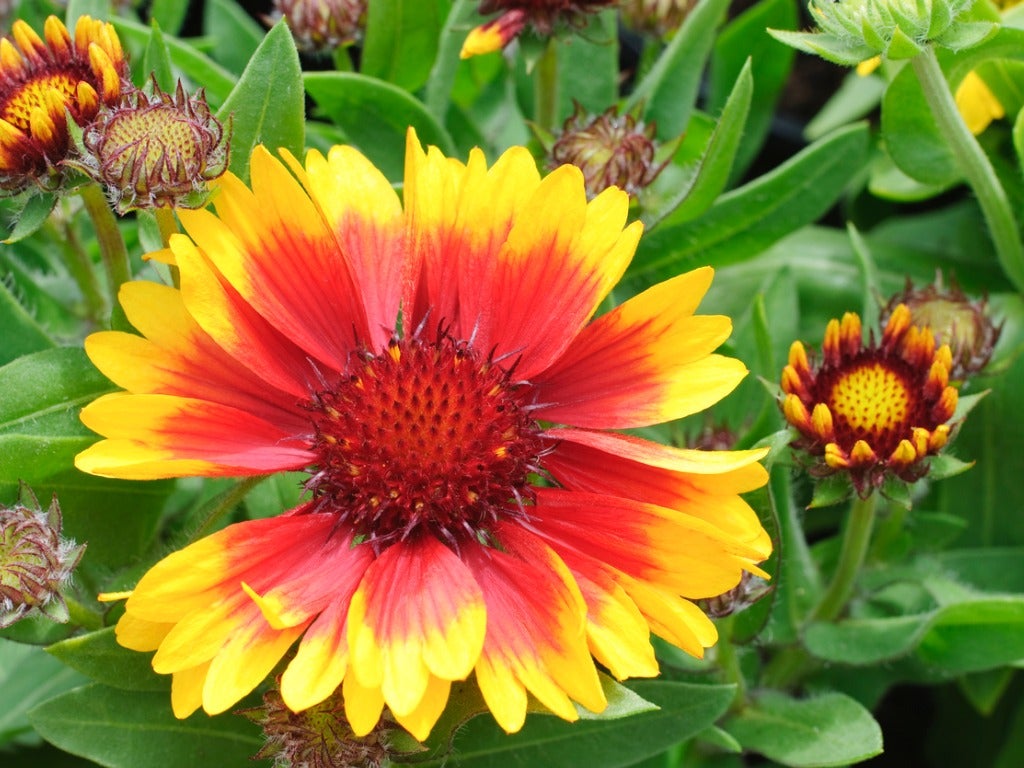 Gaillardia Won’t Flower – Reasons For Blanket Flower Not Blooming
Gaillardia Won’t Flower – Reasons For Blanket Flower Not BloomingBlanket flowers get a lot of pretty blooms, even in tough conditions. When there are no flowers, something could be wrong. Learn more here.
By Mary Ellen Ellis
-
 Container Grown Blanket Flowers – Growing Blanket Flower In A Pot
Container Grown Blanket Flowers – Growing Blanket Flower In A PotPlanting perennial flowers in pots can add years of color. Potted blanket flowers are just one example of a versatile and easy-to-grow plant for containers that is sure to delight throughout the summer season. Learn how to care for blanket flowers in containers here.
By Tonya Barnett
-
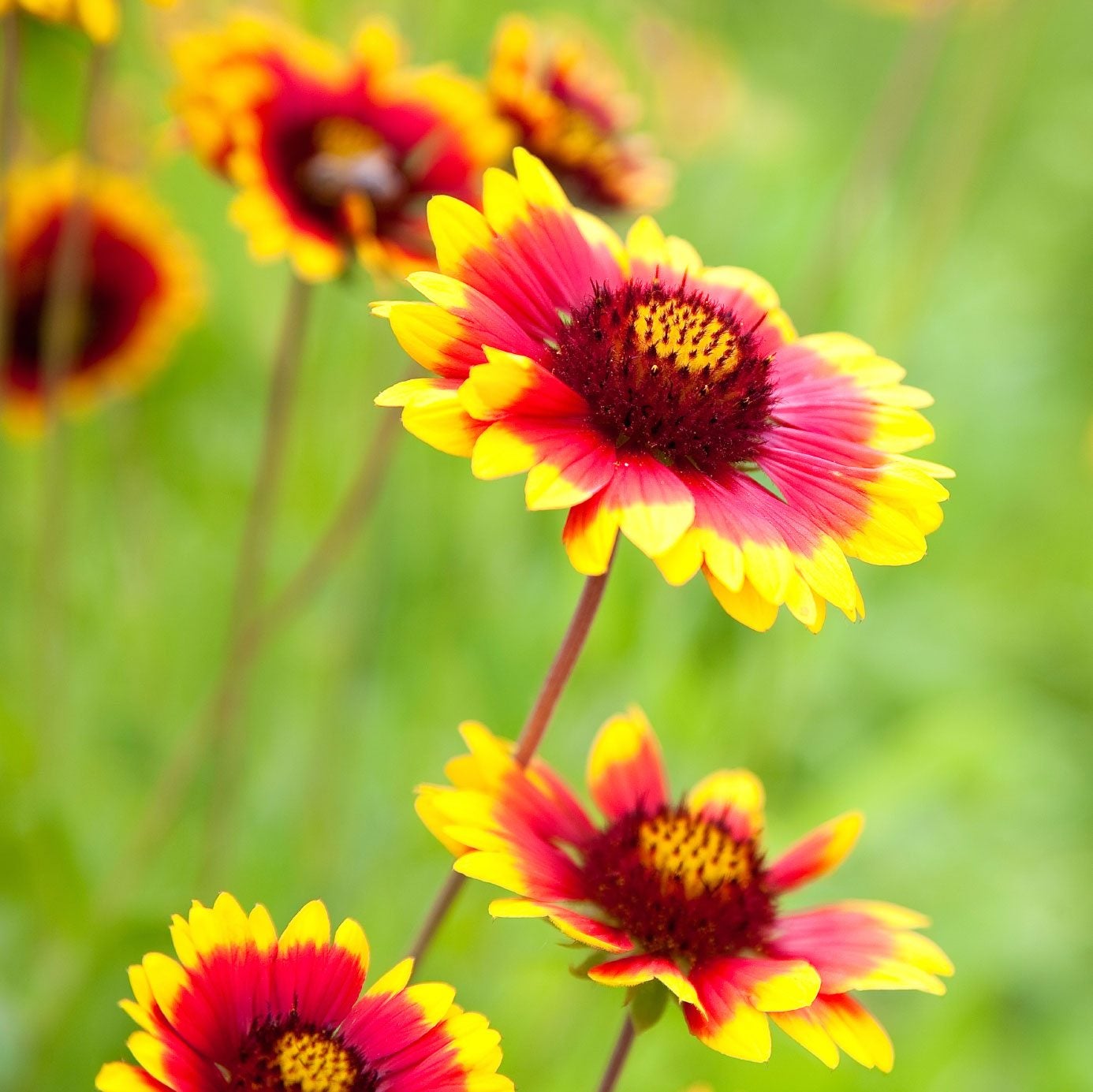 Blanket Flowers In Winter: Tips On Preparing Blanket Flower For Winter
Blanket Flowers In Winter: Tips On Preparing Blanket Flower For WinterBlanket flower is a short lived perennial that tends to reseed. There are several schools of thought about preparing blanket flower for winter. Some gardeners feel pruning and mulching is the way to go. Others do not. Learn more here.
By Bonnie L. Grant
-
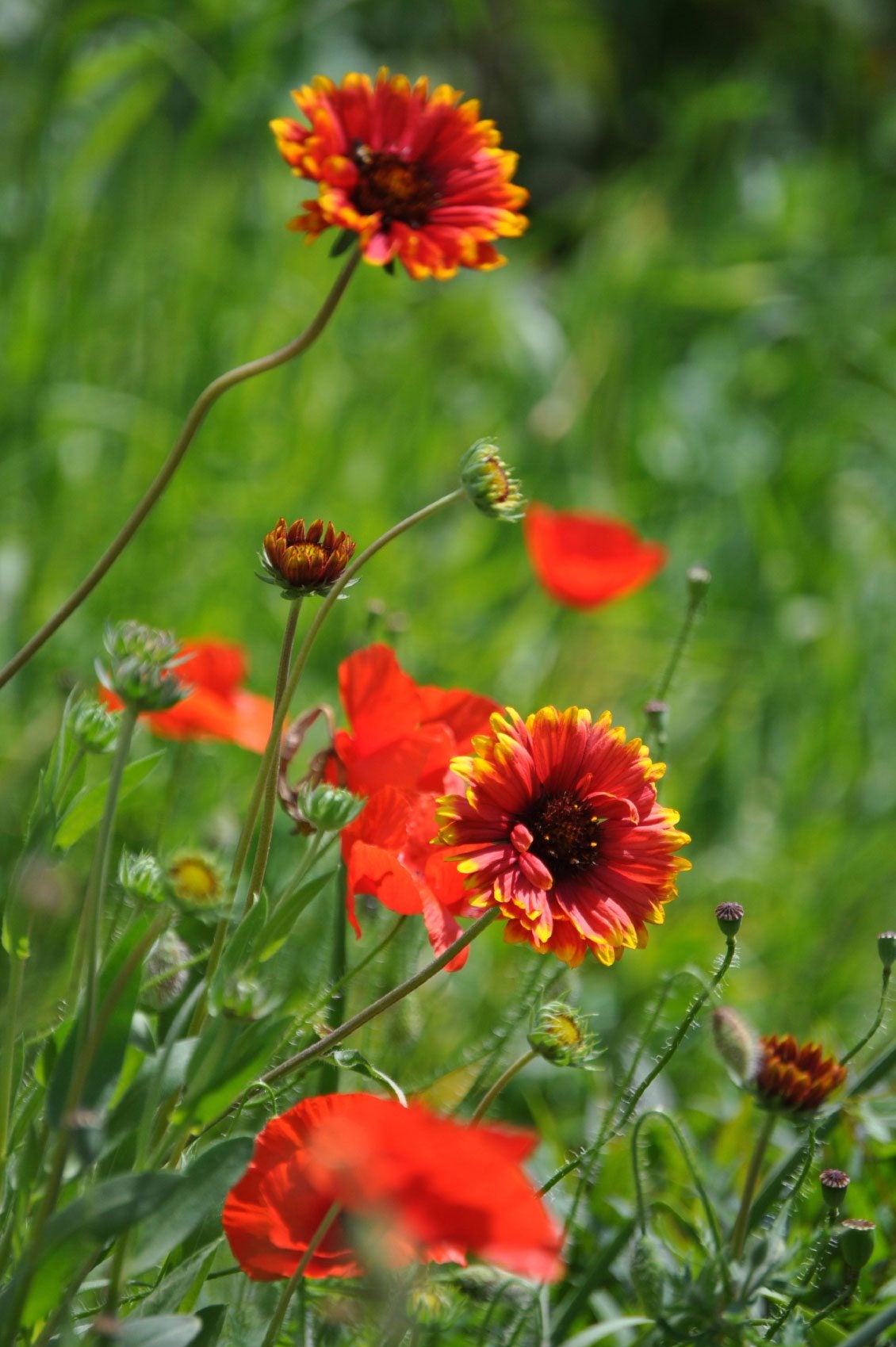 Blanket Flowers Care: How To Grow Blanket Flower
Blanket Flowers Care: How To Grow Blanket FlowerGrowing blanket flowers are an interesting and colorful addition to the flowerbed or garden. Learning how to grow blanket flower is a fairly simple process, and this article can help with that.
By Becca Badgett